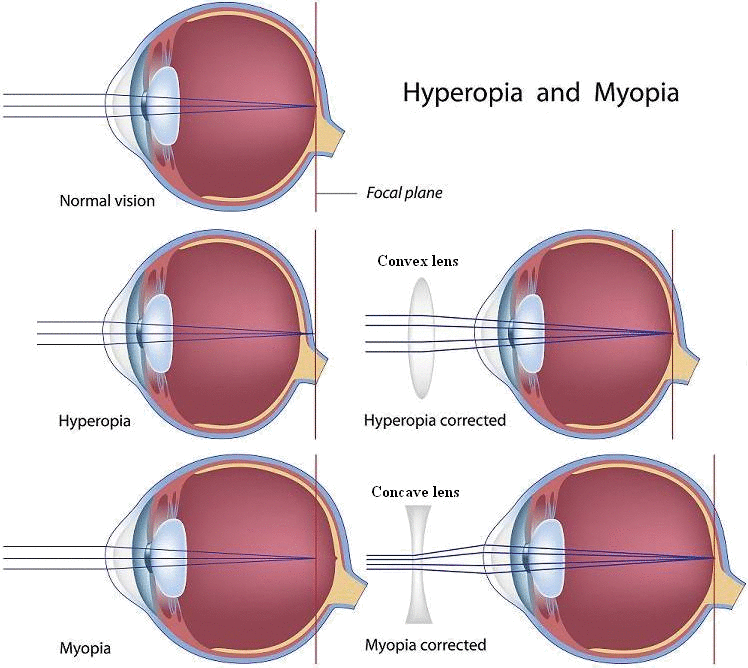


*Currently there is no cure for refractive errors.
However, there are ways to improve your vision. These include:
The above information is intended as a general overview of the condition and does not in any way substitute medical advice from your eye doctor.
Visit the nearest eye centre should any or all of the symptoms match for a definite diagnosis and treatment.
Made in 2022 by Developer Prince